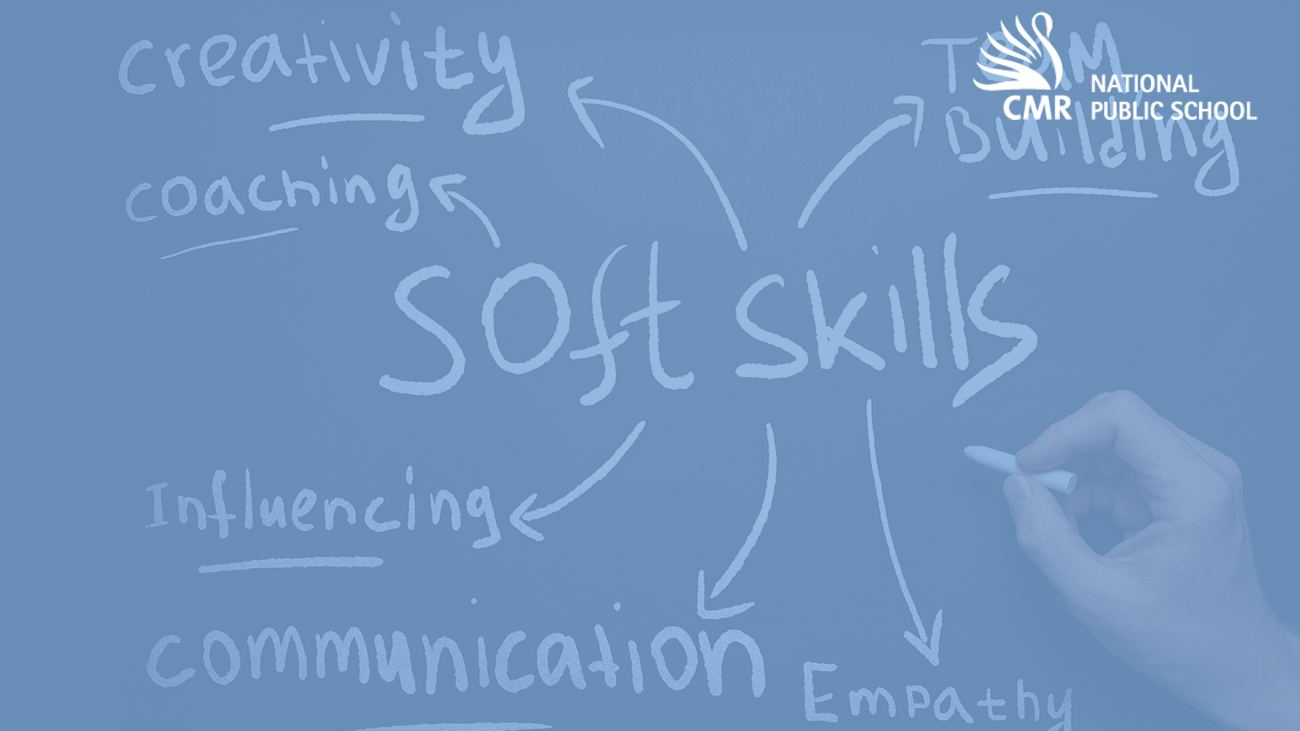“ The function of education is to teach one to think intensively and to think critically. Intelligence plus character- that is the goal of true education” – Martin Luther King
Education plays the most important role in everyone’s life. New and necessary information appears every minute. Nowadays online learning turns out to be more and more practiced. Many universities started to share their courses online. Online education helped to solve the problem of teaching and learning during the pandemic time. It is a great alternative to traditional methods of teaching and learning. In addition, distance learning is cheaper and for some people is the best way of getting new information
In this write-up, I will look at the challenges of online teaching and learning from four perspectives.
1. social issues
2. The pedagogical challenge when teachers had to make the transition to online mode.
3. The challenge of harnessing technology for teaching and learning and
4. The psychological impact and anxieties resulting from the uncertainty about the future.
No one was prepared for the sudden transition to online learning. Teachers had to move overnight from classroom lectures to online mode, students had to learn remotely without any support, and parents were expected to help students with the lesson. So would access to quality content help? Research had raised three types of interactions. Student to student, student, and teacher, student to content, to identify which has the best impact on learning outcomes and they found that the student content interaction was by far the most effective. Since content is important, where do we find quality content? Today we have a vast resource of open content of open educational resources on the internet are educational materials that have been made freely available under an open license and can be adopted & adapted and translated according to local needs. Teachers and learners needed great support during this crisis.
Assessment has been another challenge during this crisis. Assessment is very helpful because it constantly provides feedback to learners, teachers, and parents about how the students learn, the support they need and the progress they are making. The crisis has highlighted the need for more flexibility and the need to offer continuous assessment through assignments and portfolios. As teachers make the difficult transition from classroom teaching to an online provision they need capacity building. CMR is offering free MOOC (massive open online course)Technology-enabled and blended learning for teachers.
And now that the world has been forced to use the technology we will need to ensure that the technologies are accessible and affordable. Online learning enhances retention power among students. It explains concepts and theories in the form of videos, images, descriptions, documents charts, etc. So that they can remember easily. Online classes are effective for all age groups. People can complete their studies through online available courses and school students can find their notes in the online application.
On the other hand, online learning also creates a lot of distractions. Many students open their mobile to learn something but end up using social media websites, chatting, sharing pictures, or playing video games. Online learning does not have any rules or guidelines that need to be followed. Therefore a learner has a lot of freedom to do whatever they want without worrying about the teacher. This freedom can ruin the focus of the learner.
But with both pros and cons, another successful year of imparting quality education to children was achieved.


